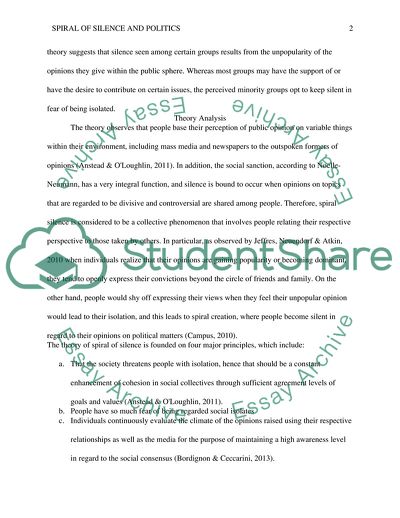Cite this document
(Spiral of Silence and Politics Term Paper Example | Topics and Well Written Essays - 2000 words, n.d.)
Spiral of Silence and Politics Term Paper Example | Topics and Well Written Essays - 2000 words. https://studentshare.org/journalism-communication/1850330-spiral-of-silence-and-politics
Spiral of Silence and Politics Term Paper Example | Topics and Well Written Essays - 2000 words. https://studentshare.org/journalism-communication/1850330-spiral-of-silence-and-politics
(Spiral of Silence and Politics Term Paper Example | Topics and Well Written Essays - 2000 Words)
Spiral of Silence and Politics Term Paper Example | Topics and Well Written Essays - 2000 Words. https://studentshare.org/journalism-communication/1850330-spiral-of-silence-and-politics.
Spiral of Silence and Politics Term Paper Example | Topics and Well Written Essays - 2000 Words. https://studentshare.org/journalism-communication/1850330-spiral-of-silence-and-politics.
“Spiral of Silence and Politics Term Paper Example | Topics and Well Written Essays - 2000 Words”. https://studentshare.org/journalism-communication/1850330-spiral-of-silence-and-politics.


